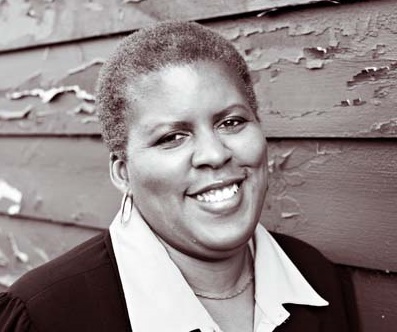 In her book, Graced with Orange, author Jamie C. Amelio shares a life-changing encounter that changes her life and leads her to found Caring for Cambodia (CFC).
In her book, Graced with Orange, author Jamie C. Amelio shares a life-changing encounter that changes her life and leads her to found Caring for Cambodia (CFC). school? A doubtful Amelio told Srelin that if she would take her to visit the school, she would give her the dollar. What Amelio found at that school changed her life.
“After lunch Samedi drove Virginia, Amanda, and me to Srelin’s school in the small village of Kravaan. A large, rusty wrought iron fence with yellow columns buttressing a swinging metal gate led to a complex of three buildings, one of which was a small, low-roofed, shack-like structure. Somehow Srelin knew I had arrived because out the door she came running up to us, exclaiming, “Oh, you’re here! You’re here!” like I was a favorite aunt she hadn’t seen in months.
I asked Srelin to show us her classroom, so she walked us back into the building, which up close we could see wasn’t much more than four walls and a ceiling. She opened the door to reveal what must have been seventy- five children of all ages crammed into a small room. They were sitting on benches under narrow tables, three to five kids to a table. The school was so crowded that children were literally sitting on top of one another. Every time a child stood the dust from the dirt floor billowed upwards. I had to force myself to stop thinking about the Peanuts character Pigpen, trailed by a cloud of dirt wherever he went.
Thousands of dust particles sparkled in the rays of sun that shone through the windows, unobstructed except for thick steel bars. I was told the bars were to prevent break-ins, although what someone might want to steal I couldn’t imagine. Even with the bars the building didn’t seem particularly secure. I wondered how children could learn in this jail-like setting and marveled at the irony that they had to pay for it.
The moment I walked into the room the children went completely silent, with all eyes on the three foreigners. I said hello and they bowed their heads, offering polite “Hellos” in return.
Looking around further, I realized there wasn’t a teacher in front of the class. “Where’s the teacher?” I asked Srelin.
“I don’t know if teacher come today. Sometimes don’t come.”
Remarkably, without supervision, the children just sat there, talking quietly, waiting for their teacher to arrive. Srelin explained that they would stay there all day because that’s what they had been told to do.
“Do you have any kind of workbooks to read or lesson plans to follow while the teacher is absent?” I asked Srelin.
She looked at me blankly, but the fact that she didn’t understand the question gave me my answer.
“Where are the school supplies?”
She pointed to the front desk, which had small pieces of broken pencils. “We get one pencil,” she told me. “We break it. We share it.”
The teacher never did show up that day. Virginia, Amanda, and I stayed a few hours, walking the grounds with the school principal. With Samedi as translator, I asked how I could help.
“What do you need the most?” I asked.
“Paper and pencils,” the principal told me. I kept asking him questions, and in return I received my first introduction to the Cambodian public education system. It wasn’t the last time I would learn that the bureaucracy was sorely inefficient and often corrupt. Teachers, I learned, were supposed to receive a salary from the Cambodian government. Sometimes they did, often they did not, and even when they did it only amounted to about $25 a month. That was not a livable wage, even in a country as poor as Cambodia, so the teachers asked the children to supplement their incomes.
By the time we returned to our hotel something in me had changed. My heart and head had been turned topsy-turvy in a single day. I couldn’t sleep that night. Perhaps I was naïve, but I couldn’t get my mind around the idea that I lived two hours away in a country with everything I could possibly need while a mere two hours away children were trying to learn in an environment like the one I had just seen. This was simply not okay with me. People could do better. People like me could do better.”
The organization continues to build on the initial premise that every child deserves an education by supporting existing schools, building new ones in the same district and implementing teacher training along with identifying mentor teachers.
Jamie is a three-time recipient of the prestigious “Golden Hand Service Award” bestowed by the Cambodian government (2005, 2010, 2012) to those who give outstanding service to the Cambodian community. Known as “The Lawn Mower” because she never lets grass grow under her feet, Amelio was a dedicated volunteer with various organizations long before beginning the Caring for Cambodia project detailed in Graced with Orange. She and her husband, Bill, lived in Asia for a decade. They now make their home in Austin, Texas with their six children, including two from Cambodia, all of whom understand the importance of “Being Orange.”






